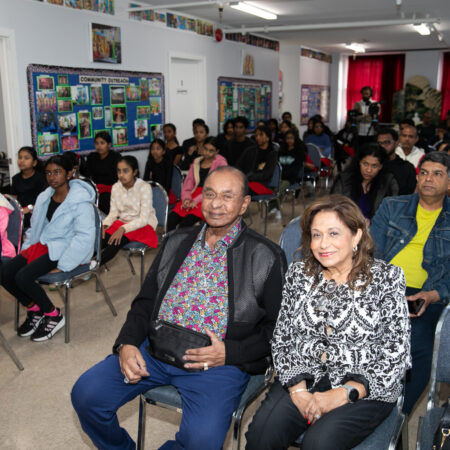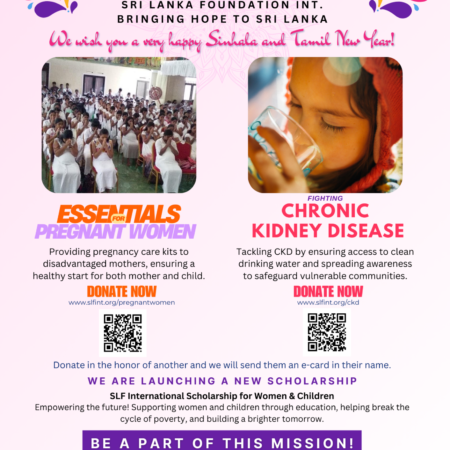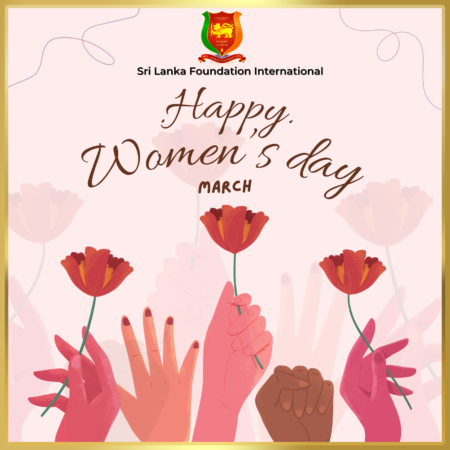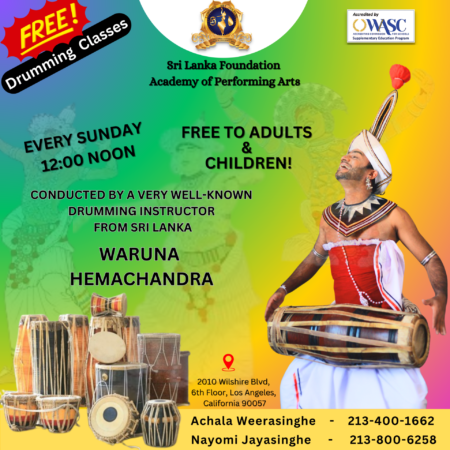What is the ‘Corona calendar’?
The ‘Corona calendar’ is a monitoring tool to assess COVID-19 transmission risk in each household, work places as well as in the community as a whole. This is also an intervention to improve adherence and to monitor behavioural changes in response to prevention of COVID transmission by the people themselves. This calendar was first developed by the community members.
How did they develop the ‘Corona calendar’ and what was the impact?
This calendar was first developed by a rural community group in Sri Lanka, during the nation-wide lockdown to assess the risk of infection gaining entry into their house each time a family member or a visitor entered the house without adhering to safety precautions. The family members used a common criteria or check list (the universal precautions) along with different templates and/ or colour codes to mark the ‘Corona calendar’ to represent the risk of exposure. The children in families, as change agents initiated daily assessing and monitoring the risk factors and behaviours for COVID transmission; such as the number of times an individual had to go out, whether they washed hands before entering the house or wearing a mask properly, whether any family member was not adhering to safety precautions. They analysed the risk to each individual and to other family members frequently. For example, High risk (represented by Red colour) if an individual went out without adhering to safety measures on a given day; Moderate risk (Orange colour) for rest of the family members on the same day. If all family members stayed at home and they had no visitors on a given day, it was considered as no risk (Green colour). This practice promoted the level of adherence, motivated the individuals to comply and be responsible towards the national guidelines on preventing COVID transmission. Involvement of children increased the enthusiasm and success of this intervention.
“This was very useful as a collective measure to create COVID free homes and/ or communities. People taking control over changing their lifestyle and behaviour to prevent COVID transmission was the success of this intervention”
Gradually, this concept was expanded to community level when youth groups and adults collectively started monitoring their adherence to safety precautions at village level and their workplaces. For example, they assessed the number of families who adhered to safety precautions and the families who increased the risk of transmission to their village. This ‘community corona calendar’ also measured whether their community members gathered as groups at shops or in public places, funerals, parties or social gatherings against the standard safety measures, whether they practised unsafe behaviours such as smoking, betel chewing and spitting. They assessed the level of risk to the entire village caused by irresponsible acts of people using these measures and took necessary action to prevent or minimize the potential risk to fellow villagers. They displayed findings in public places to increase public awareness and adherence. The assessment criteria for workplace included assessing additional culturally relevant risk behaviours such as sharing food at lunch time and networking while eating.
The concept became popular among other settings where our health promotion work continues. People in vulnerable settings such as urban-crowded-high-risen settlements (flats) and estate sector also developed and adopted various forms of ‘Corona calendars’, to assess and monitor the COVID-19 transmission risk. This was very useful as a collective measure to create COVID free homes and/ or communities. People taking control over changing their lifestyle and behavior to prevent COVID transmission was the success of this intervention.

For more information go to:http://www.dailymirror.lk









![TV-Poster-All-Exhibition-Sri-Lanka-in-Focus-USA-2025[1]](https://www.srilankafoundation.org/wp-content/uploads/2025/04/TV-Poster-All-Exhibition-Sri-Lanka-in-Focus-USA-20251-450x450.jpg)












